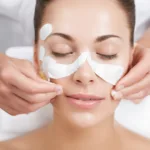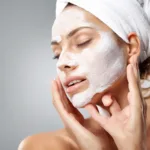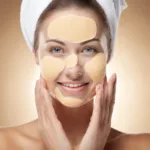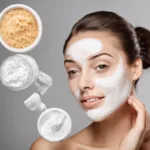11 January 2024
Discover the Benefits, Ingredients, and Usage Tips for Exfoliating Peel Pads
In the ever-evolving world of skincare, exfoliating peel pads have emerged as a game-changer. These powerful yet convenient products offer a myriad of benefits, from reducing fine lines and dark spots to clearing clogged pores and promoting a more even complexion. In this comprehensive guide, we will delve into the world of exfoliating peel pads, exploring their ingredients, usage tips, and the remarkable results they can deliver.
Resurfacing Ingredients: Unveiling the Power Behind Exfoliating Peel Pads
Exfoliating peel pads owe their efficacy to a range of resurfacing ingredients. Alpha-hydroxy acids (AHAs) and beta-hydroxy acids (BHAs) are the most common components found in these pads. AHAs, such as glycolic and lactic acids, work to remove dead skin cells, brighten the complexion, and improve skin texture. BHAs, like salicylic acid, penetrate deep into pores, combating blackheads and clarifying the skin. Other ingredients, such as polyhydroxy acids (PHAs), fruit enzymes, retinoids, and azelaic acid, offer additional benefits, including increased collagen production, balanced microbiome, and reduced inflammation.
Your Skin Concerns + Sensitivity: Choosing the Right Peel Pad
When selecting exfoliating peel pads, it’s essential to consider your specific skin concerns and sensitivity. Glycolic acid is a versatile ingredient suitable for most skin types, addressing issues such as acne, scarring, sun damage, and hyperpigmentation. Lactic acid and PHAs are gentler options, making them ideal for sensitive skin. Salicylic acid is excellent for oily, acne-prone skin and can also help manage keratosis pilaris. Fruit enzymes offer a gentle exfoliation option for sensitive skin types.
Strength: Understanding the Potency of Exfoliating Peel Pads
The strength of exfoliating peel pads varies depending on the concentration of active ingredients. Some pads explicitly state the percentage of active ingredients, providing an indication of their potency. For example, a 20% glycolic acid peel pad is considered strong, while a 2% salicylic acid peel pad is milder. It is crucial to start slowly and gradually increase usage to allow your skin to adjust. Additionally, proper hydration, moisturization, and sun protection are essential to minimize irritation and maximize results.
Reducing Irritation: Nurturing Your Skin Post-Peel
Exfoliating peel pads can cause temporary skin sensitivity and dehydration. To mitigate these effects, opt for milkier cleansers that won’t strip the skin. Follow with a hyaluronic acid serum to replenish moisture and strengthen the skin barrier. A moisturizer rich in fatty acids and ceramides will provide additional protection. Lastly, always wear a physical sunscreen to shield your skin from UV rays, as chemical blockers might further sensitize the skin.
Conclusion:
Exfoliating peel pads offer a convenient and effective solution for achieving radiant, youthful-looking skin. With their ability to address various skin concerns and cater to different sensitivity levels, these pads have become a must-have in many skincare routines. By understanding the resurfacing ingredients, choosing the right peel pad for your needs, and implementing proper post-peel care, you can unlock the transformative power of exfoliating peel pads and embrace a revitalized complexion.



